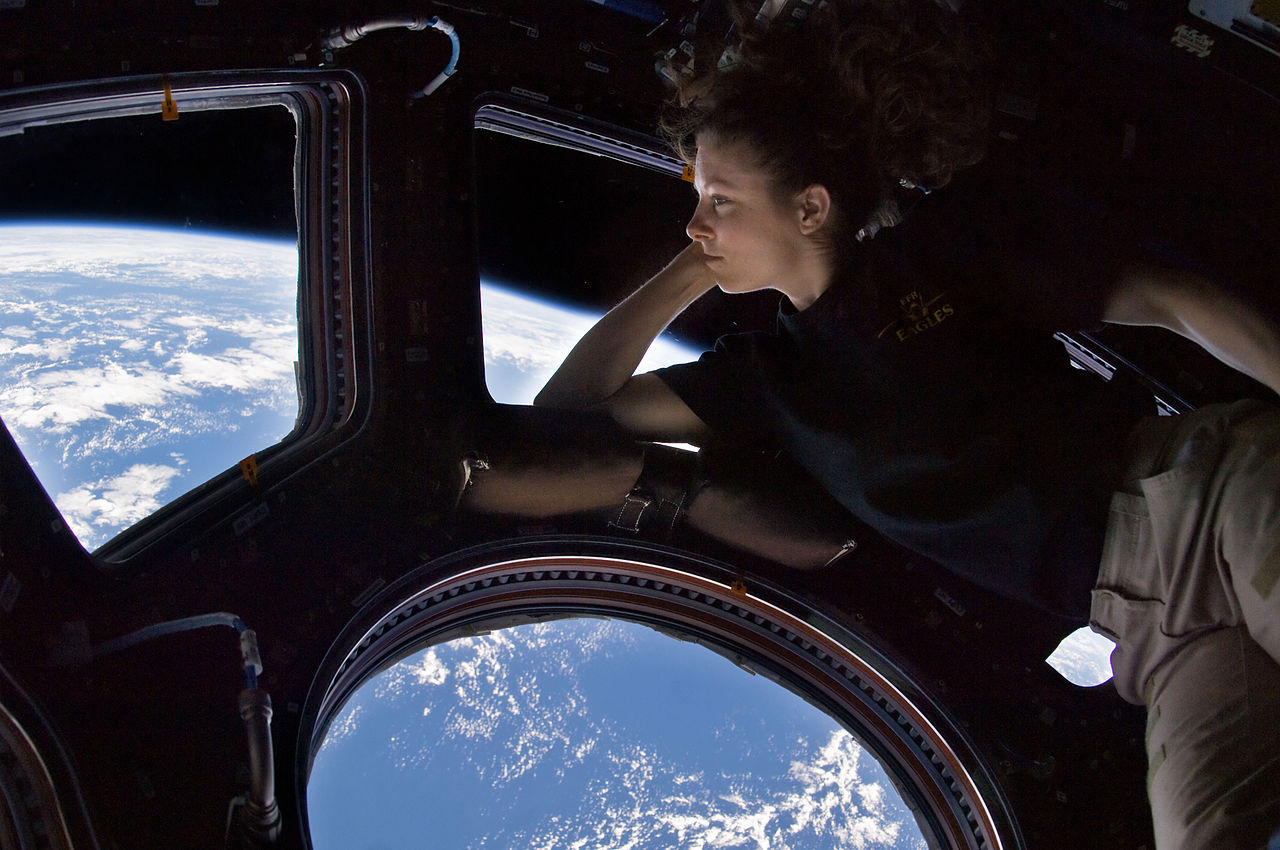NATO’s implementation of innovative methods of defence and security is a major tenet of upholding global peace. The original definition of security has evolved since the establishment of NATO, to include a broader range of threats that affect the current world order.
One emerging threat within NATO’s defence mandate is the weaponization of outer space through satellite hacking. NATO’s Military Committee held a meeting on October 14 this year to discuss NATO’s newly agreed space policy.During this meeting, Chairman Lt. General Scott Kindsvater stated: “They recognized that space is part of our daily lives, and while it can be used for peaceful purposes, it can also be used for aggression. Satellites can be hacked, jammed, or weaponized. Anti-satellite weapons could cripple communications.”
Many of NATO’s military technologies today rely on information transmitted by satellites in space; specifically in the realms of Ballistic Missile Defense and Alliance Ground Surveillance. Weponization of outer space is a growing threat, but there is not yet a collective agreement on one specific approach. Risks relating to space are to be addressed through methods similar to those used to tackle cyber threats according to NATO’s Military Committee.
Even if an agreement on a collective outer space security policy was reached, there would be significant obstacles to its implementation. The first of these would be President Donald Trump’s declaration of his distrust of the alliance. He specifically questioned the main mandate of the North Atlantic Treaty, that being the system of collective security guaranteed by Article 5 of the Treaty. Trump also demanded that other NATO members increase their defence spending to reach 2 percent of national GDP, while “the US military space budget for this year exceeds $12 billion, with $14 billion requested by the Pentagon for 2020.”
The US Space Command was also re-established this year after its dissolution in 2002.During the meeting on security in outer space this year, General John Raymond, Commander of the US Space Command, outlined the outlook of the re-established US Space Command, stating that “space has become a vital domain that is critical to the nation’s security and economy and is no longer a benign environment. Though this command we will get better space intelligence by working more closely with foreign allies, with the US intelligence community and with commercial companies. Our goal is to deter conflict but we need to be ready if deterrence fails.” This mandate includes a broad range of factors which dictate how space warfare affects national security, and also covers the multilateral aspect which should be implemented in space strategies.
While the Commander’s statement highlights the defence and deterrence vision of the US Space Command, a contrasting statement released by the Pentagon in August outlined a more military-focused version, stating that the command will “improve and evolve space warfighting“. The US view of weaponizing space is seen as a concern for Russia’s Foreign Minister Sergei Lavrov, amongst others, who expressed his concern with the US focus on the militarization of outer space at a meeting of the BRICS Foreign Ministers Council. At the meeting, Lavrov issued a warningthat world leaders should not bring “weapons into outer space, which would lead to a new qualitative turn in the global arms race.”
The question of the weaponization of space is inevitable, though deterrence and eventual disarmament should be explored further.
Canada’s Space Strategy
The recently developed Lunar Gateway project by NASA is a new mission for space research and data collection for scientific purposes, which will analyze the formation of planets and planetary systems. At an Aerospace Industries Association of Canada (AIAC) conference that took place in 2018, the administrator of the project, Jim Bridenstine, expressedthe benefit of Canada’s participation in the program, due to the country’s advanced capabilities in regards to Artificial Intelligence in robotics technology, such as the Canadarm 3. In line with this meeting was the rise of a public awareness initiative entitled #DontLetGoCanada, which strives to encourage Canadian citizensto sign a petition in support of Canada’s investment in space research. AIAC also has its own public awareness campaign to push the government to develop a space policy. Since 2018, Canada has confirmed its participation in the Lunar Gateway project, which is a main tenet of its current space strategy. The Gateway projects’ main outlook is that of space research, though the inclusion of military capabilities in space is also experiencing innovation.
Viasat, a global communications company which supplies satellite resources to Canada’s military, is working to advance the partnership between the Canadian government and Armed Forces with the private sector to fund #DontLetGoCanada. Viasat has developed high- capacity satellites that “improve mission performance and decisive warfighter advantage at a far lower cost than the DoD pays today.” In compliance with NATO’s space policy, Canada’s technological resources for militarization in space would be an advantageous addition to the initiativeof NATO defence.
WiSTEM (Women in STEM)
NATO’s approach to the emerging threat of the weaponization of satellites through defence and deterrence mechanisms acts as an initial reaction to this new risk of warfare technology, though the next step should be disarmament initiatives. With the rise of female participation in space, including astronauts Christina Koch and Jessica Meir’s completion of the first all-female spacewalk in history this year, the application of women in satellite weaponization disarmament is possible. There has been a great deal of progress in regards to women in space since the first woman to do a spacewalk, Russian Cosmonaut Svetlana Savitskay, in July of 1984.
Following the recent spacewalk, Meir commented that despite this proving to be a historic event due to the two women completing the task, she mentioned”we don’t want to take too much credit because there have been many other female spacewalkers before us. This is just the first time there have been two women outside at the same time.”In support of the propulsion of women in space research, WiSTEM is a global initiative striving to raise awareness for the inclusion of women in science, technology, engineering and mathematics (STEM), through new initiatives and partnerships.
WiSTEM could serve as an effective platform for the development of projects for disarmament in space and would be an effective addition to NATO’s space policy.
Featured Image: Tracy Caldwell Dyson viewing Earth from the ISS Cupola, 2010 via NASA gallery
Disclaimer: Any views or opinions expressed in articles are solely those of the authors and do not necessarily represent the views of the NATO Association of Canada.



